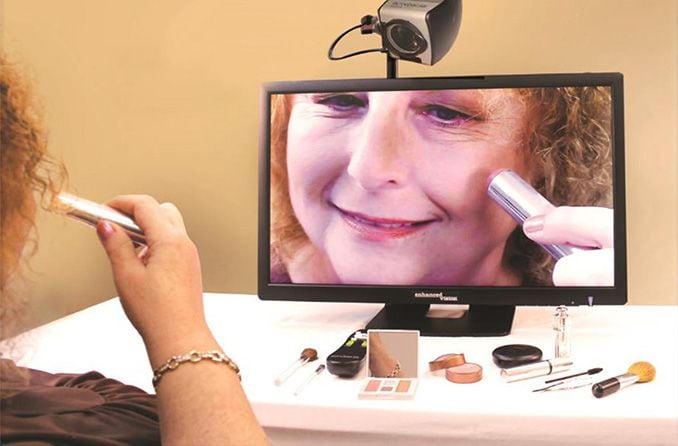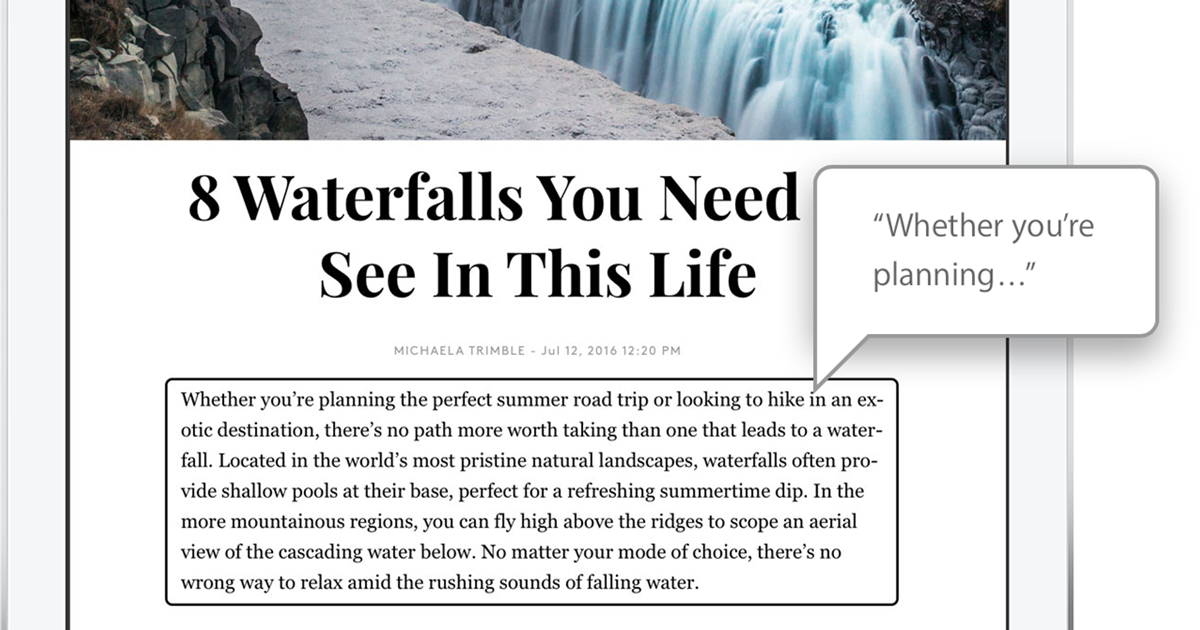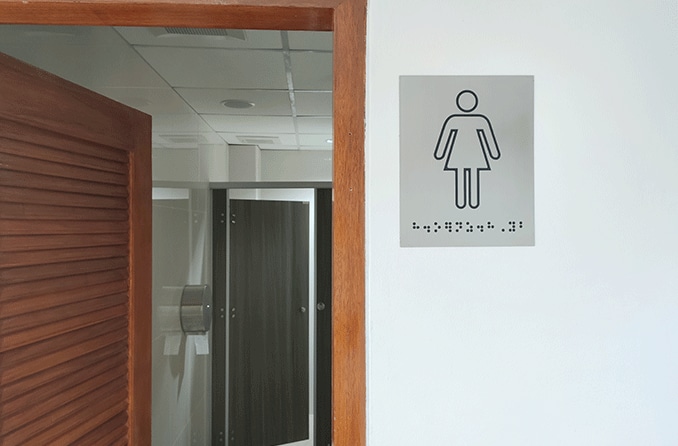Modern devices pack a lot of punch when it comes to vision accessibility. Like many of the features listed above, they just need to be enabled in the device’s accessibility settings.
Cursor size and speed
A mouse cursor can be easy to lose track of as it darts across your computer screen. In your device’s settings, you can customize how fast the cursor moves and how big it looks on your screen.
Both can make the mouse pointer easier to see, when it needs to be used.
Inverted colors, dark mode and high contrast
The “invert colors” setting flips the colors on your screen to the opposite side of the color wheel. White backgrounds become shades of black, blues become oranges, and greens become purples.
Its appearance is jarring at first, but some people with impaired vision notice reduced eye strain with extended screen use.
Dark mode , now a popular feature on most operating systems and web browsers, serves a similar purpose. But unlike inverted colors, it doesn’t change the appearance of most images and colors. Instead, it changes white backgrounds to black or dark gray.
High contrast makes text stand out against its background and draws clearer lines along window or menu edges. Some devices will also invert colors in high contrast mode, but that isn’t always the default setting.
Color filters
People with different forms of color blindness (color vision deficiency)can use color filters to make their screens easier to see. You can often choose from custom colors, or select a preset filter.
Mac computers, for example, let you choose from the following colorblind filter presets:
Internet browser “reader views”
Many modern internet browsers can now remove the visual distractions from online articles and display the text by itself.
In addition to removing ads, menus and unnecessary pictures, many of these features allow you to customize the look and feel of a simplified article. You can tweak text size, font, spacing and background color — and have your combination waiting for you on the next article as well.
The popular internet browser Firefox includes a feature called “Reader View,” which is also paired with a voice-reading function. Firefox and its Reader View feature are both free of charge.
“Safari Reader” is included with Safari, the built-in internet browser on Apple devices. Windows’ Microsoft Edge browser uses a similar feature called “Immersive Reader.”














